Home>Articles>What Type Of Mask Is Recommended For Chimney Sweeping
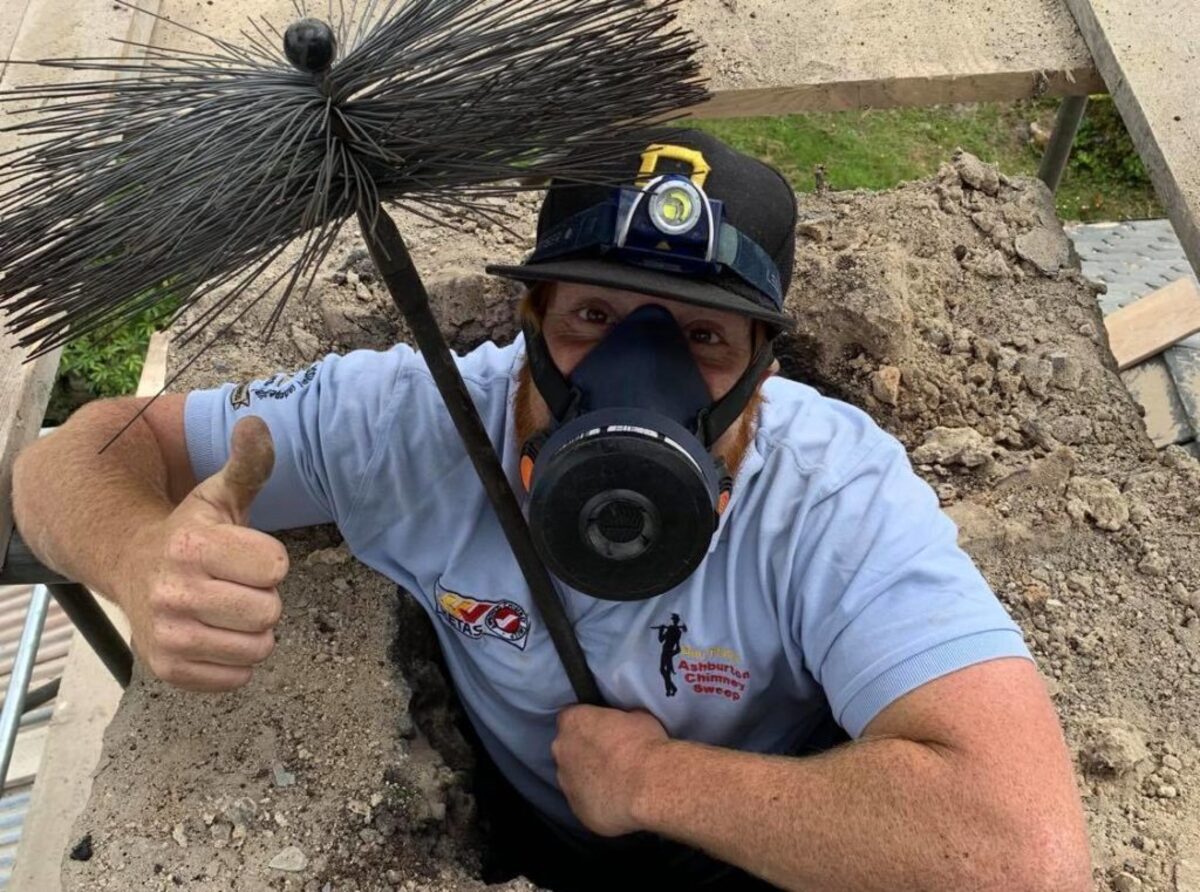

Articles
What Type Of Mask Is Recommended For Chimney Sweeping
Modified: February 24, 2024
Discover the recommended type of mask for chimney sweeping through informative articles. Protect yourself from harmful particles while maintaining your chimney's cleanliness and safety.
(Many of the links in this article redirect to a specific reviewed product. Your purchase of these products through affiliate links helps to generate commission for Storables.com, at no extra cost. Learn more)
Introduction
In the world of chimney sweeping, it is crucial to prioritize safety precautions to mitigate potential health risks. One of the most essential safety measures is wearing the appropriate mask to protect against harmful particles and debris that can be released during the chimney cleaning process.
Chimney sweeping involves the removal of soot, creosote, and other accumulated substances from the chimney’s flue. These substances can pose significant health risks if inhaled, as they may contain toxic chemicals, allergens, or even harmful gases such as carbon monoxide.
To ensure the health and safety of chimney sweeps, as well as homeowners, it is imperative to understand the risks associated with chimney cleaning and the importance of using the right type of mask for the job.
In this article, we will explore the various types of masks recommended for chimney sweeping and provide guidance on how to choose the appropriate mask to ensure adequate protection.
Key Takeaways:
- Prioritize safety by choosing the right mask for chimney sweeping. Consider factors like filtration efficiency, fit, and comfort to protect against hazardous particles and gases.
- N95 and N99 respirators, half-face and full-face respirators, and disposable masks offer varying levels of protection. Select the most suitable mask based on the specific risks and needs of chimney sweeping tasks.
Read more: What Is The Daily Life Of A Chimney Sweep?
Understanding the Risks
Chimney sweeping involves working in close proximity to soot, creosote, and other potentially hazardous substances. These substances can release fine particles into the air that pose a significant risk when inhaled.
Soot, for instance, is a byproduct of incomplete combustion of carbon-based fuels such as wood. It contains a range of hazardous chemicals, including carbon black, heavy metals, and volatile organic compounds (VOCs). Inhaling soot particles can lead to respiratory issues, eye irritation, and even long-term health complications.
Creosote, on the other hand, is a highly flammable, tar-like substance that can accumulate inside the chimney. It forms as a result of the incomplete combustion of wood or coal. Not only is creosote highly combustible, but it also releases toxic fumes when heated. Inhaling creosote can cause respiratory problems, skin irritation, and even damage to the central nervous system.
Additionally, chimneys can be infested with bird droppings, nesting materials, and other debris that carry potential pathogens and allergens. These contaminants can trigger allergic reactions, respiratory distress, or transmit diseases to both chimney sweeps and homeowners.
Given the serious health risks associated with chimney cleaning, it is crucial for chimney sweeps to take proactive measures to protect themselves. Wearing a properly fitting and effective mask is one of the most important precautions to minimize exposure to harmful particles and gases.
Importance of Proper Mask Usage
Proper mask usage is paramount when it comes to chimney sweeping. Wearing the right type of mask ensures that chimney sweeps are adequately protected from the hazardous particles and gases that can be released during the cleaning process.
First and foremost, a properly fitted mask creates a physical barrier between the respiratory system and the harmful substances present in the chimney. It filters out the fine particles, soot, creosote, allergens, and other potentially toxic materials, preventing them from entering the nose and mouth.
Furthermore, an effective mask also helps to minimize the inhalation of harmful gases, such as carbon monoxide, which can be trapped within the chimney. Carbon monoxide is an odorless, colorless gas that is extremely dangerous when inhaled in high concentrations. Symptoms of carbon monoxide exposure include headaches, dizziness, nausea, and even death in severe cases. Wearing a properly sealed mask significantly reduces the risk of inhaling carbon monoxide during chimney sweeping.
Another critical aspect of proper mask usage is ensuring that the mask is changed regularly. Over time, masks can become clogged with particles and lose their filtration efficiency. Regularly changing the mask ensures that it continues to provide optimal protection and maintains good air flow for comfortable breathing.
It is also important to note that wearing a mask not only protects the chimney sweeps but also helps to safeguard the health of homeowners. During chimney sweeping, particles and debris can become airborne and potentially contaminate the surrounding environment. Wearing a mask prevents the spread of these pollutants, ensuring that the indoor air quality remains safe and healthy.
By prioritizing proper mask usage, chimney sweeps can significantly reduce the risk of respiratory issues, allergic reactions, and other health complications associated with chimney cleaning. It is a fundamental safety measure that should not be overlooked or compromised.
Types of Masks for Chimney Sweeping
When it comes to choosing a mask for chimney sweeping, there are several options available. Each type of mask offers varying levels of protection, comfort, and convenience. Here are the most common types of masks used in chimney sweeping:
- N95 respirators: N95 respirators are a popular choice for chimney sweeps. They are designed to filter out 95% of airborne particles, including fine dust, soot, and other contaminants. N95 masks provide a tight seal around the nose and mouth, ensuring minimal leakage of air and particles. They are disposable and should be discarded after each use or when they become visibly soiled or damaged.
- N99 respirators: N99 respirators offer a higher level of filtration than N95 masks. They are capable of filtering out 99% of particles, making them suitable for environments with a greater concentration of hazardous substances. N99 masks also provide a secure seal and are disposable.
- Half-face respirators: Half-face respirators are reusable masks that cover the nose and mouth. They feature replaceable filter cartridges that provide effective protection against particles, gases, and vapors. These masks offer a comfortable fit and are ideal for chimney sweeps who frequently perform cleaning tasks. It is important to regularly replace the filter cartridges according to the manufacturer’s guidelines.
- Full-face respirators: Full-face respirators provide complete coverage of the face, including the eyes. They offer enhanced protection compared to half-face respirators, as they prevent particles and irritants from reaching the eyes. Full-face respirators are equipped with replaceable filter cartridges and are suitable for chimney sweeps who face potential risks to their eyes and face during the cleaning process.
- Disposable masks: Disposable masks, also known as surgical masks, are lightweight and affordable options for chimney sweeping. While they may not provide the same level of filtration as respirators, they still offer a degree of protection against larger particles and droplets. Disposable masks are not reusable and should be discarded after each use.
It is important to note that the effectiveness of a mask depends not only on its type but also on proper fit and seal. A mask that does not fit tightly or has gaps can compromise its ability to filter out particles effectively. Chimney sweeps should carefully follow the manufacturer’s instructions on how to wear and fit each mask type to ensure optimal protection.
N95 Respirators
N95 respirators are widely used by chimney sweeps due to their high level of filtration efficiency and availability. These respirators are designed to block out at least 95% of airborne particles, including fine dust, soot, and other potentially harmful substances.
The “N” in N95 stands for “non-oil” meaning that these respirators are effective in filtering out particles that do not contain oil. This makes them suitable for use in chimney sweeping, as the particles encountered in this profession are primarily dry and non-oily in nature.
N95 respirators are made of multiple layers of synthetic materials that are electrostatically charged. This charge helps attract and capture particles as they pass through the mask. The mask’s tight seal and nose clip ensure a secure fit, further minimizing the risk of particles entering through gaps.
One of the major advantages of N95 respirators is their ability to filter out very small particles, including those less than 0.3 micrometers in size. This is crucial in chimney sweeping, as fine particles, such as soot and creosote, can easily become airborne during the cleaning process.
It is important to note that N95 respirators are disposable and should be discarded after each use or when they become visibly soiled or damaged. Reusing disposable N95 masks can compromise their effectiveness and increase the risk of contamination.
When using N95 respirators, chimney sweeps should adhere to the proper donning and doffing procedures to ensure a good fit and minimize the potential for contamination. This includes washing hands before and after handling the mask, avoiding touching the inside of the mask, and performing a fit check to ensure a snug fit.
It is also crucial to store N95 respirators in a clean, dry place to maintain their effectiveness. Extreme temperatures and excessive humidity can degrade the filtration performance of the mask, rendering it less effective.
Overall, N95 respirators are considered an essential piece of personal protective equipment (PPE) for chimney sweeps. They provide a high level of filtration efficiency and help to minimize the inhalation of harmful particles during chimney cleaning.
Read more: Why Are Chimney Sweeps Lucky
N99 Respirators
N99 respirators are another type of respiratory protection commonly used by chimney sweeps. These respirators offer a higher level of filtration efficiency compared to N95 respirators, filtering out at least 99% of airborne particles.
Similar to N95 respirators, N99 respirators are designed to create a tight seal around the nose and mouth, ensuring minimal leakage of air and particles. They are made of multiple layers of synthetic materials that are electrostatically charged, effectively capturing fine particles, dust, soot, and other harmful substances.
Chimney sweeps often opt for N99 respirators in situations where there is a higher concentration of hazardous particles or when working in environments with greater exposure risks. The increased filtration efficiency of N99 respirators makes them suitable for handling heavily contaminated chimneys or when dealing with particularly toxic substances.
Just like N95 respirators, N99 respirators are disposable and should be discarded after each use or when they become visibly soiled or damaged. Reusing disposable N99 masks can compromise their filtration effectiveness and increase the risk of contamination.
The proper donning and doffing procedures should be followed when using N99 respirators to ensure a secure fit and minimize the potential for contamination. This includes washing hands before and after handling the mask, avoiding touching the inside of the mask, and performing a fit check to ensure a proper seal.
Overall, N99 respirators provide a higher level of protection compared to N95 respirators, making them a preferred choice for chimney sweeps operating in more challenging and hazardous environments. However, it is important to assess the specific needs and risks of each chimney sweeping task to determine whether N99 or N95 respirators are more appropriate.
When chimney sweeping, it is recommended to use a mask that is rated N95 or higher to protect against soot, ash, and other airborne particles. This will help to prevent inhalation of harmful substances and ensure respiratory safety.
Half-Face Respirators
Half-face respirators are a popular choice among chimney sweeps due to their versatility, comfort, and long-term usability. These respirators provide respiratory protection by covering the nose and mouth while leaving the eyes and forehead exposed.
One of the key features of half-face respirators is the presence of replaceable filter cartridges. These cartridges are designed to filter out a wide range of particles, gases, and vapors, offering comprehensive protection during chimney sweeping.
Half-face respirators are available in different models and sizes to ensure a proper fit for each individual. The respirator should fit snugly against the face, with the straps adjusted to provide a secure and comfortable seal. A properly fitted half-face respirator minimizes the risk of particles and hazardous substances entering through gaps.
The filter cartridges used in half-face respirators are selected based on the specific needs of chimney sweeping. They can be designed to filter out particulate matter, chemicals, or a combination of both. It is essential to choose cartridges that provide the appropriate level of protection for the anticipated contaminants.
One of the advantages of half-face respirators is that they are reusable. The mask itself can be cleaned and disinfected between uses, while the filter cartridges are replaced as needed. This makes half-face respirators a cost-effective and environmentally friendly option for chimney sweeps who perform frequent cleaning tasks.
Chimney sweeps using half-face respirators should follow the manufacturer’s guidelines for replacing the filter cartridges. Cartridges should be replaced at regular intervals or when they become clogged or damaged. Regular maintenance and inspection of the respirator are necessary to ensure optimal performance.
Additionally, it is important to store half-face respirators in a clean, dry place to prevent damage and maintain their effectiveness. Extreme temperatures and excessive humidity can affect the performance and lifespan of the respirator and its filter cartridges.
Half-face respirators offer a balanced combination of protection, comfort, and reusability, making them a versatile choice for chimney sweeps. They provide effective filtration against particles and gases, ensuring the well-being and safety of chimney sweeps during their work.
Full-Face Respirators
Full-face respirators provide comprehensive protection for chimney sweeps, covering the entire face, including the eyes, nose, and mouth. They offer an increased level of safety and peace of mind when working with hazardous particles and gases during chimney sweeping.
One of the key advantages of full-face respirators is the inclusion of a clear face shield or visor that protects the eyes from potential irritants, particles, and chemical splashes. This feature is especially beneficial when working in environments where there is a higher risk of eye exposure, such as handling heavily contaminated chimneys or using corrosive cleaning agents.
The primary component of a full-face respirator is the mask, which is designed to create a seal around the face, ensuring minimal leakage of air and contaminants. The mask is connected to a filtration system through cartridges that effectively filter out particles, gases, and vapors encountered during chimney sweeping.
The filter cartridges used in full-face respirators are selected based on the specific needs of the chimney sweeping task. Different cartridges are available to filter out different types of substances, such as particulate matter or chemicals. It is important to choose the appropriate cartridges to suit the intended application.
Full-face respirators are reusable, with the mask portion being cleanable and the filter cartridges being replaceable. The mask should be cleaned and disinfected according to the manufacturer’s instructions to maintain hygienic conditions. The cartridges should be replaced at regular intervals or when they become clogged, damaged or reach their expiration date.
It is crucial to ensure a proper fit and seal when using a full-face respirator. The straps should be adjusted to achieve a secure and comfortable fit, preventing any gaps that could allow particles or contaminants to enter. Proper donning and doffing procedures should be followed to minimize the risk of self-contamination.
When not in use, full-face respirators should be stored in a clean, dry place to prevent damage and maintain their effectiveness. Extreme temperatures and excessive humidity can degrade the performance and lifespan of the mask and its filter cartridges.
Full-face respirators provide an exceptional level of protection for chimney sweeps, offering comprehensive coverage for the face and eyes. With their ability to filter out particles and shield against potential eye hazards, full-face respirators are a valuable tool in ensuring the health and safety of chimney sweeps during chimney sweeping tasks.
Disposable Masks
Disposable masks, also known as surgical masks, are lightweight and affordable options for chimney sweeping. While they may not provide the same level of filtration as respirators, they still offer a degree of protection against larger particles and droplets.
Disposable masks are typically made of multiple layers of non-woven fabric that effectively filter out large airborne particles, such as dust and debris. They are designed to cover the nose and mouth, providing a barrier between the wearer and potential contaminants.
One of the main advantages of disposable masks is their convenience and ease of use. They are readily available and require no additional maintenance or replacement of filters. Once the mask becomes soiled or damp, it should be discarded and replaced with a new one.
Disposable masks offer a comfortable fit due to their lightweight and flexible construction. The masks are secured in place with ear loops or ties, ensuring a snug yet comfortable seal. However, it is important to note that disposable masks may not provide as tight of a seal as respirators, allowing some air and particles to escape around the edges.
It is important to choose disposable masks that meet the necessary safety standards and regulations. Look for masks that are certified by reputable organizations, such as the Food and Drug Administration (FDA) or the National Institute for Occupational Safety and Health (NIOSH).
While disposable masks are suitable for general chimney sweeping tasks, they may not offer sufficient protection in situations where there is a higher concentration of hazardous particles or gases. In such cases, a more specialized respirator with a higher filtration efficiency should be considered.
Disposable masks should be used as directed by the manufacturer. This includes ensuring a proper fit and seal, as well as replacing the mask when it becomes soiled, damaged, or difficult to breathe through. It is important to remember that disposable masks are single-use items and should not be reused.
Despite their limitations, disposable masks can still provide a certain level of protection for chimney sweeps during less hazardous chimney sweeping tasks. They are a cost-effective and easily accessible option for those who require basic respiratory protection during their work.
Read more: How To Do Chimney Sweeping
Choosing the Right Mask for Chimney Sweeping
When it comes to choosing the right mask for chimney sweeping, several factors should be considered to ensure adequate protection and comfort. Here are some key considerations to keep in mind:
- Level of protection: Assess the potential risks involved in the chimney sweeping task. Consider the types of substances and particles that may be encountered, such as soot, creosote, allergens, or toxic gases. Choose a mask that offers the appropriate level of filtration for these specific hazards.
- Fit and seal: A proper fit and seal are crucial for effective protection. The mask should fit snugly against the face, covering the nose and mouth completely. Look for masks with adjustable straps or nose pieces to ensure a secure seal and minimize gaps.
- Comfort and breathability: Chimney sweeping can be physically demanding, so choose a mask that offers comfort and breathability. Consider masks with soft inner liners, adjustable features, and good airflow to enhance comfort during long hours of work.
- Disposable vs. reusable: Decide whether you prefer disposable masks for convenience or reusable masks for long-term use. Disposable masks are suitable for occasional chimney sweeping, while reusable masks may be more cost-effective for those who perform frequent cleaning tasks.
- Regulations and certifications: Check for masks that meet the necessary safety standards and certifications. Look for masks that are approved by reputable organizations such as the FDA, NIOSH, or European Union standards.
- Manufacturer guidelines: Follow the manufacturer’s guidelines for proper use, maintenance, and disposal of the mask. Adhere to their recommendations for filter cartridge replacements, cleaning procedures, and storage conditions.
Ultimately, the choice of mask will depend on the specific needs and risks of the chimney sweeping task. It is important to prioritize safety and select a mask that provides the appropriate level of protection against the identified hazards.
Remember, wearing a mask is just one part of a comprehensive safety plan. It is also essential to utilize other personal protective equipment (PPE) such as gloves, goggles, and coveralls, and to follow proper chimney sweeping techniques to minimize exposure to harmful substances.
By carefully selecting the right mask and implementing other safety measures, chimney sweeps can mitigate risks and ensure their health and well-being during chimney cleaning operations.
Conclusion
Chimney sweeping is a profession that requires careful attention to safety, especially when it comes to protecting against the risks associated with hazardous particles and gases. Wearing the right mask during chimney sweeping is vital for safeguarding the health and well-being of chimney sweeps.
Understanding the risks involved in chimney sweeping, including the presence of soot, creosote, allergens, and potentially toxic gases, is crucial in selecting the appropriate mask. Masks such as N95 respirators and N99 respirators offer high levels of filtration efficiency, ensuring that fine particles and contaminants are filtered out during the cleaning process.
Half-face respirators and full-face respirators provide additional protection, with full-face respirators offering eye protection through clear face shields or visors. These options are particularly valuable when working with more hazardous substances or in environments where eye exposure is a concern.
Disposable masks, while less protective than respirators, still offer a degree of protection against larger particles and are convenient for occasional chimney sweeping tasks. Reusable masks, on the other hand, may be more cost-effective for those who frequently work on chimneys.
The right mask not only provides protection for chimney sweeps but also plays a role in safeguarding the health of homeowners by preventing the spread of airborne contaminants during the cleaning process.
When choosing a mask, factors such as fit, comfort, and breathability should be considered alongside the level of filtration and regulatory certifications. Adhering to manufacturer guidelines for usage, maintenance, and disposal is essential to ensure the mask’s effectiveness throughout its lifespan.
In conclusion, selecting the appropriate mask for chimney sweeping is an integral part of ensuring the safety and well-being of chimney sweeps. By prioritizing proper mask usage, chimney sweeps can minimize the risks associated with hazardous particles and gases, providing peace of mind for both workers and homeowners.
Frequently Asked Questions about What Type Of Mask Is Recommended For Chimney Sweeping
Was this page helpful?
At Storables.com, we guarantee accurate and reliable information. Our content, validated by Expert Board Contributors, is crafted following stringent Editorial Policies. We're committed to providing you with well-researched, expert-backed insights for all your informational needs.
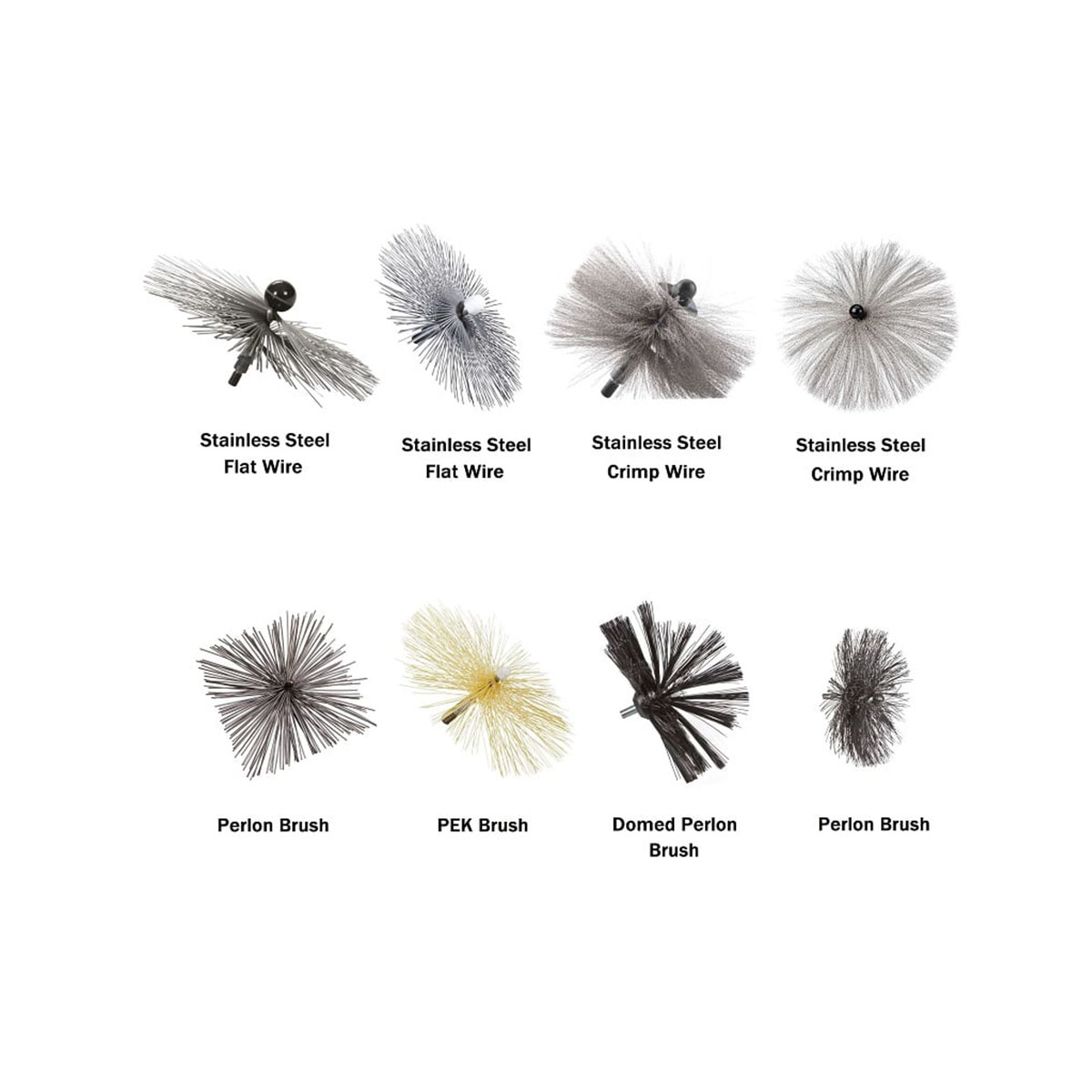
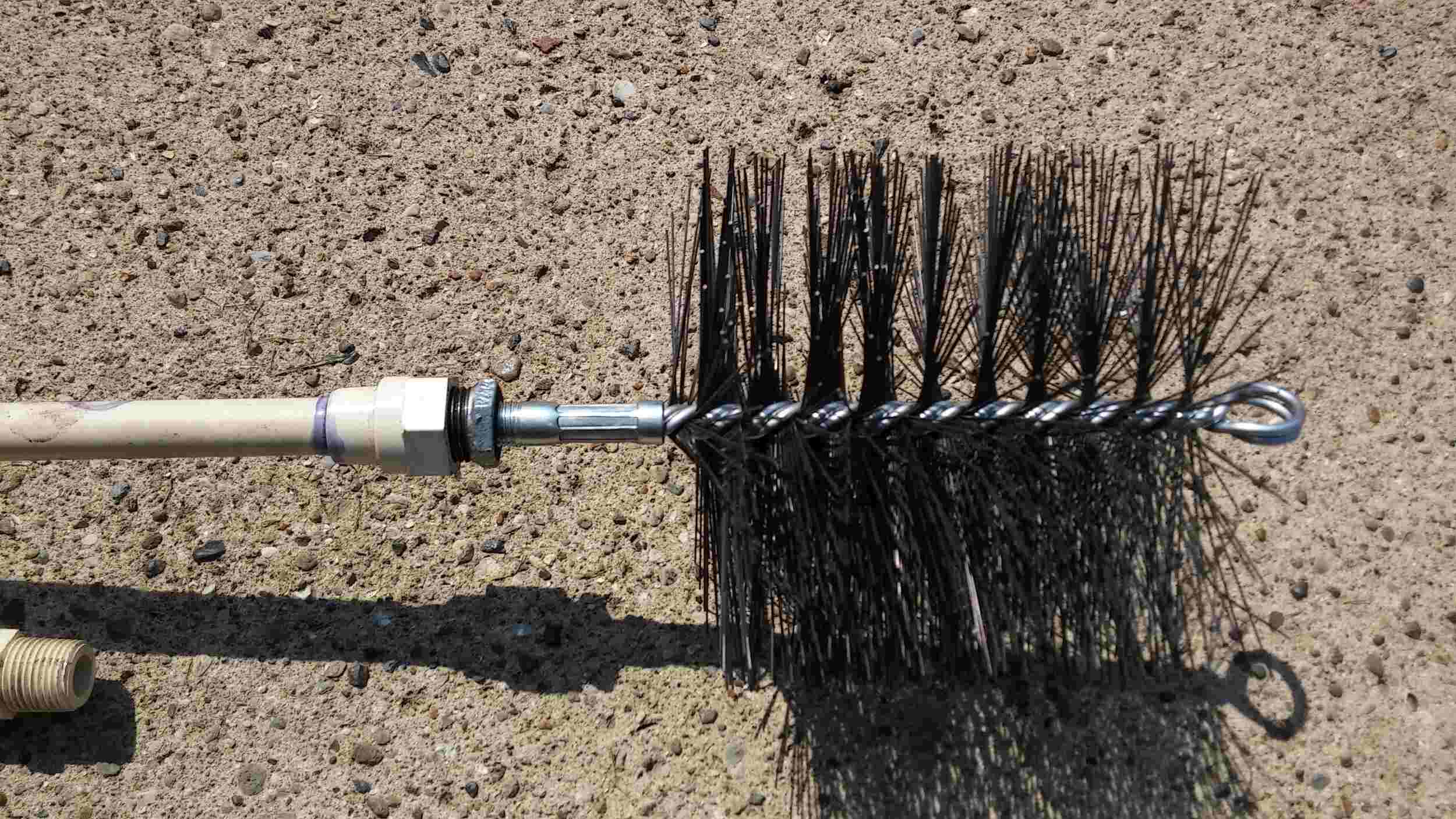
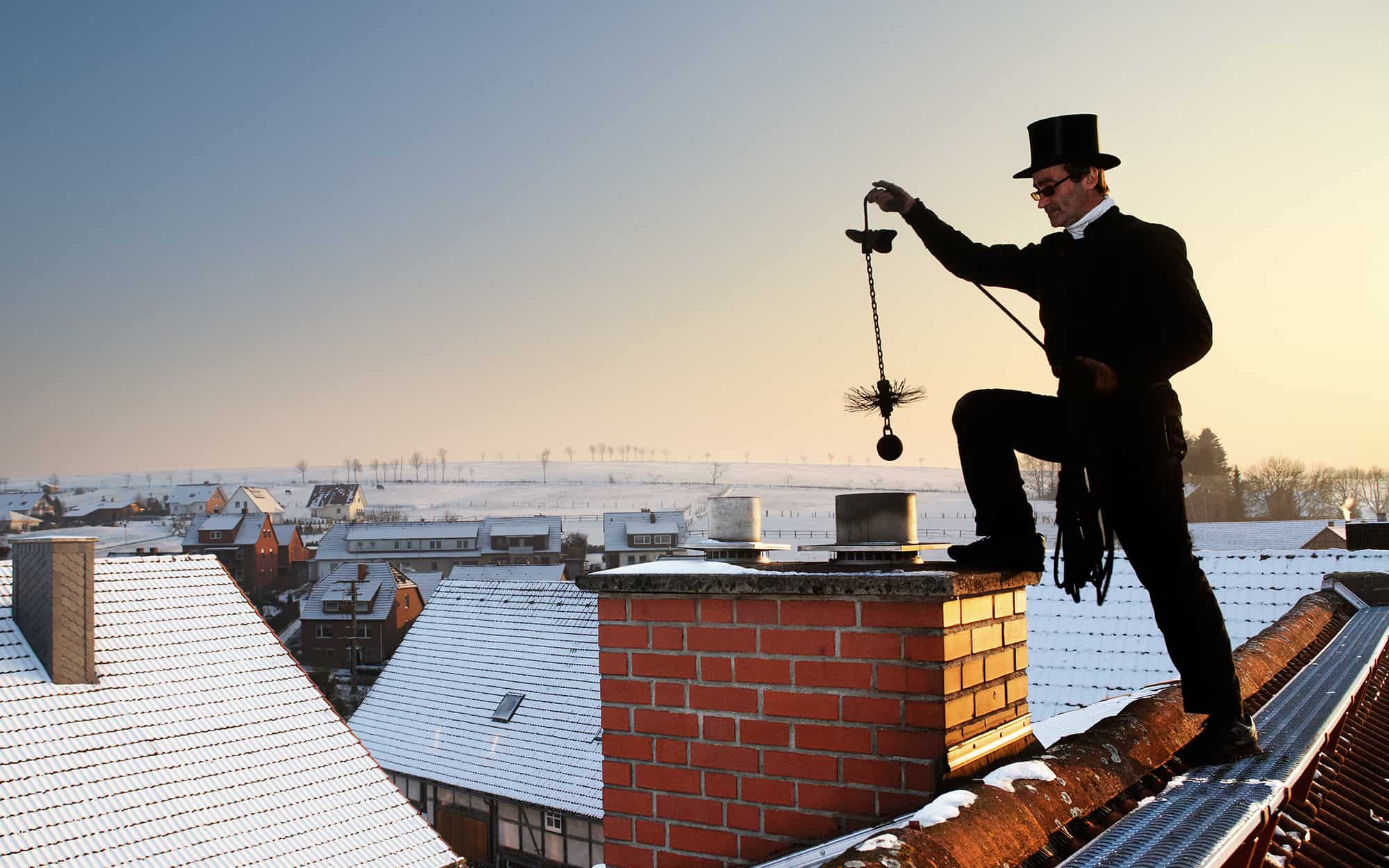
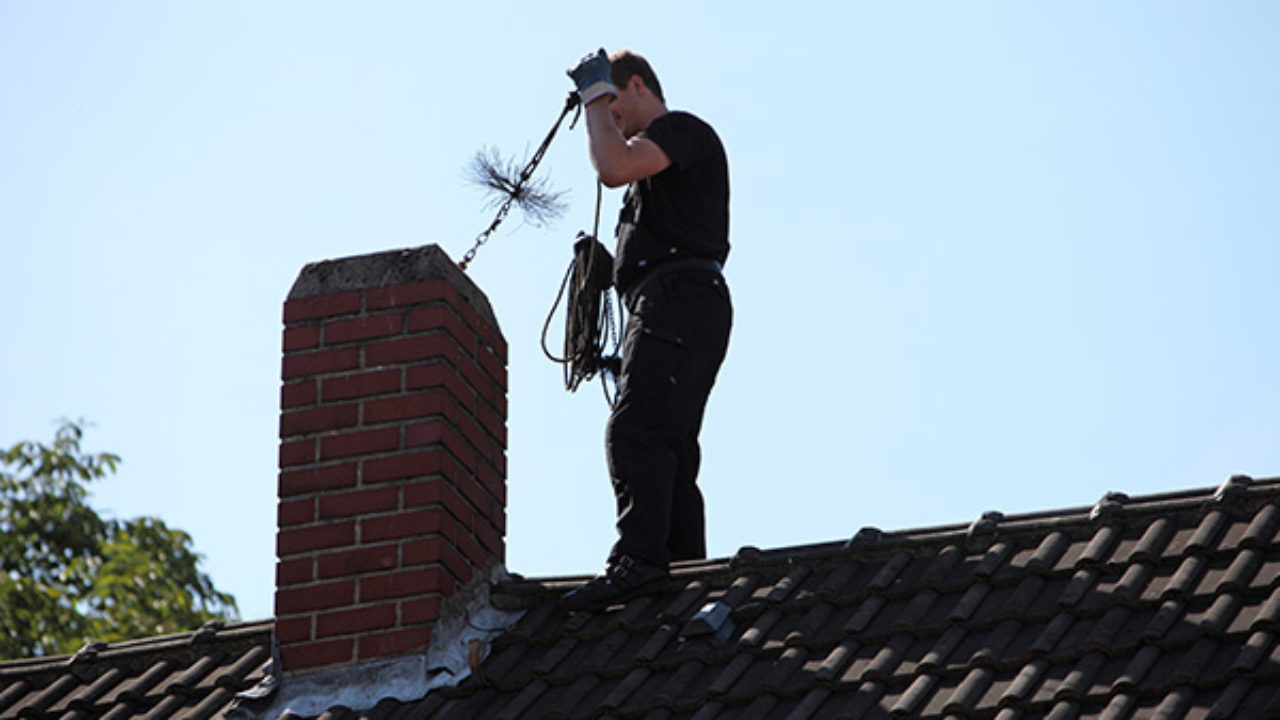
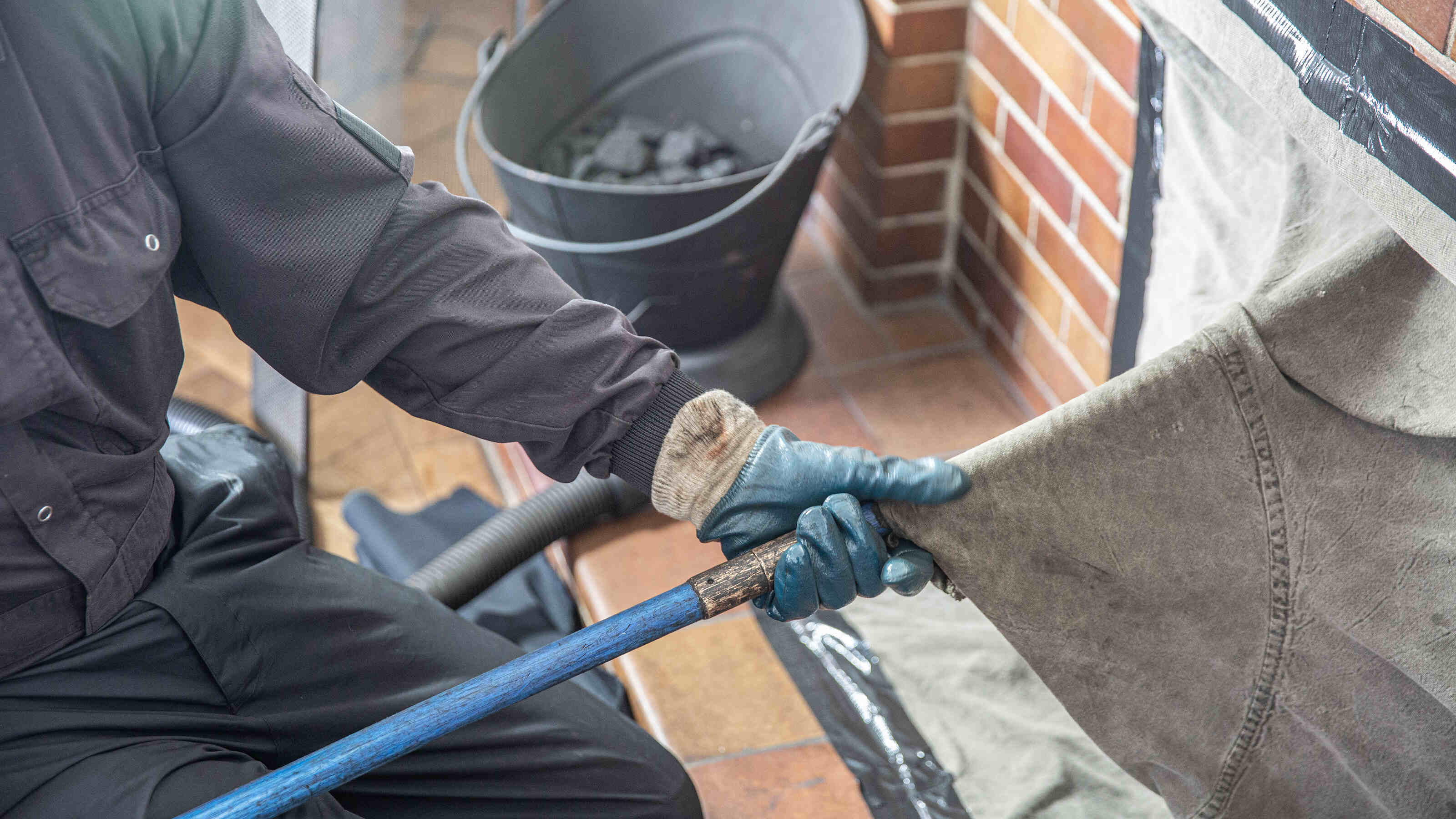
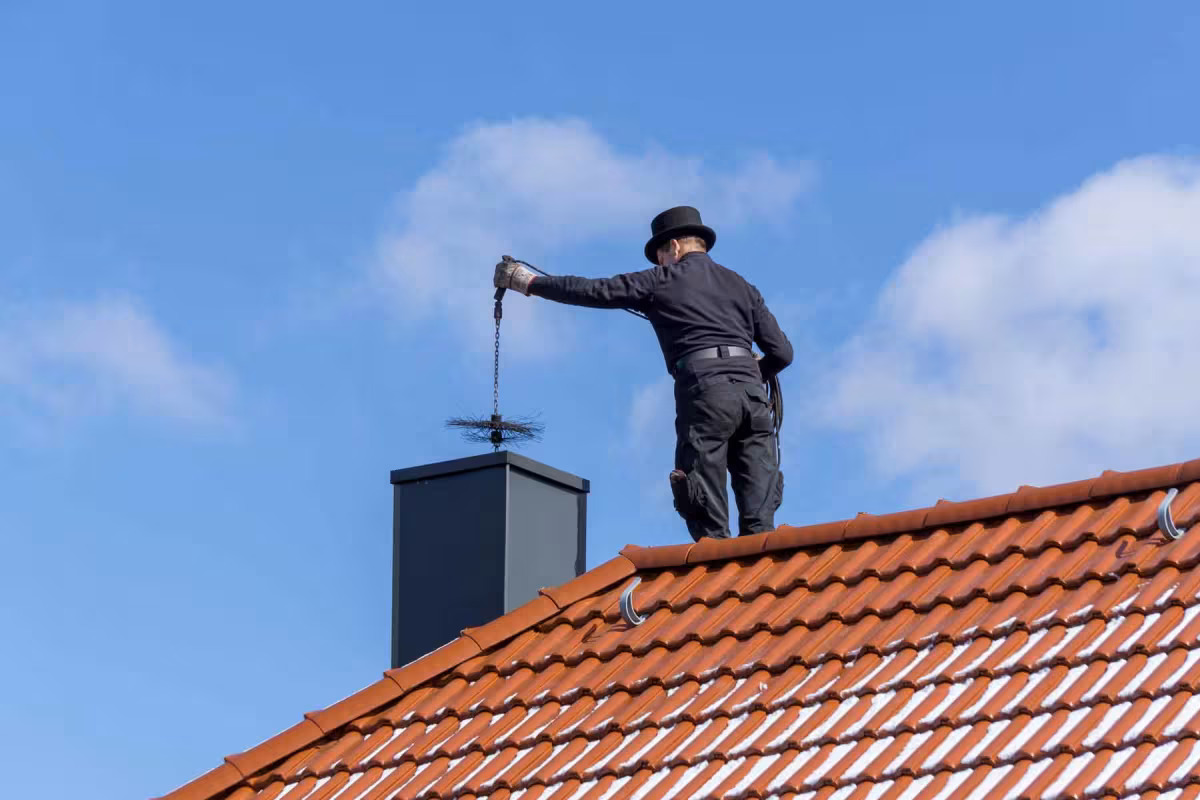
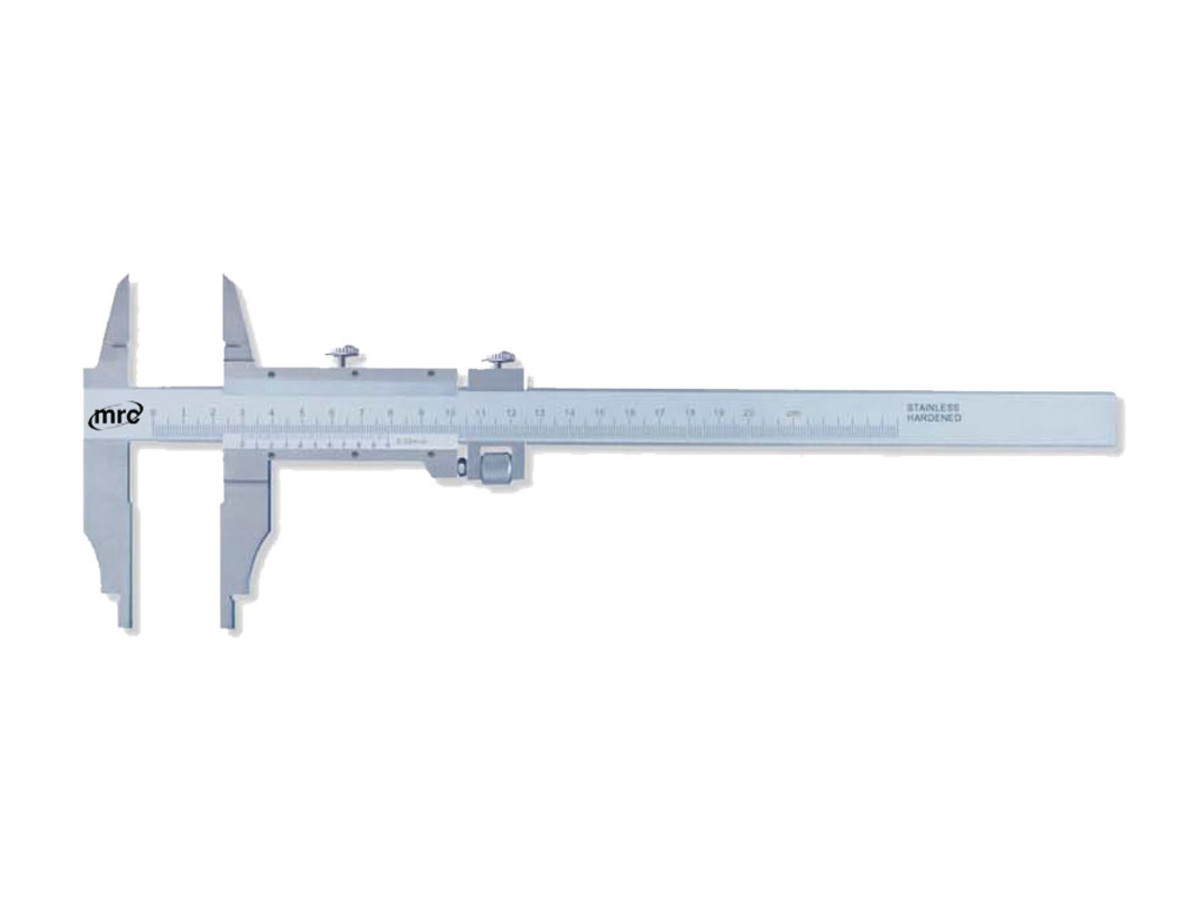







0 thoughts on “What Type Of Mask Is Recommended For Chimney Sweeping”